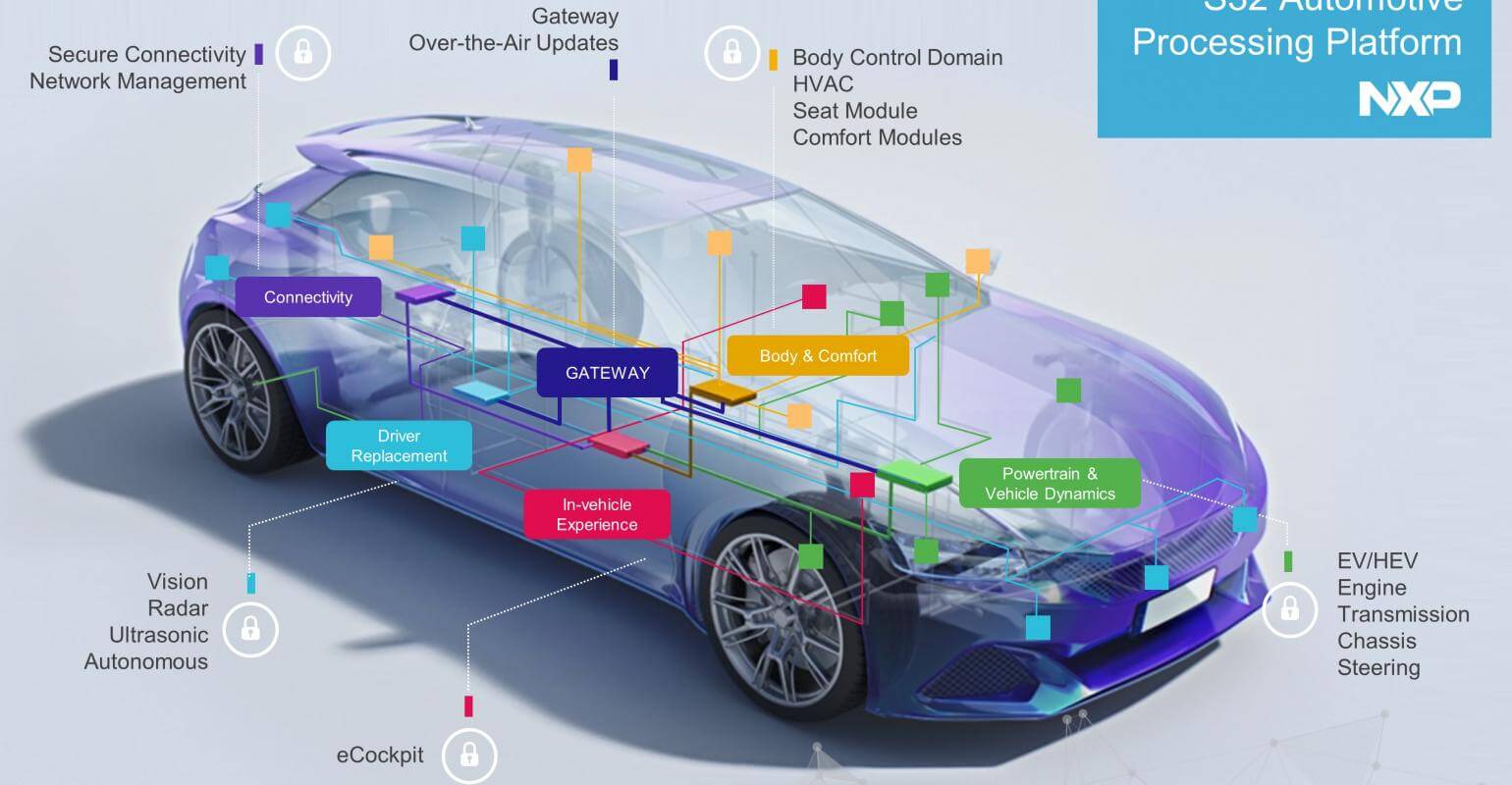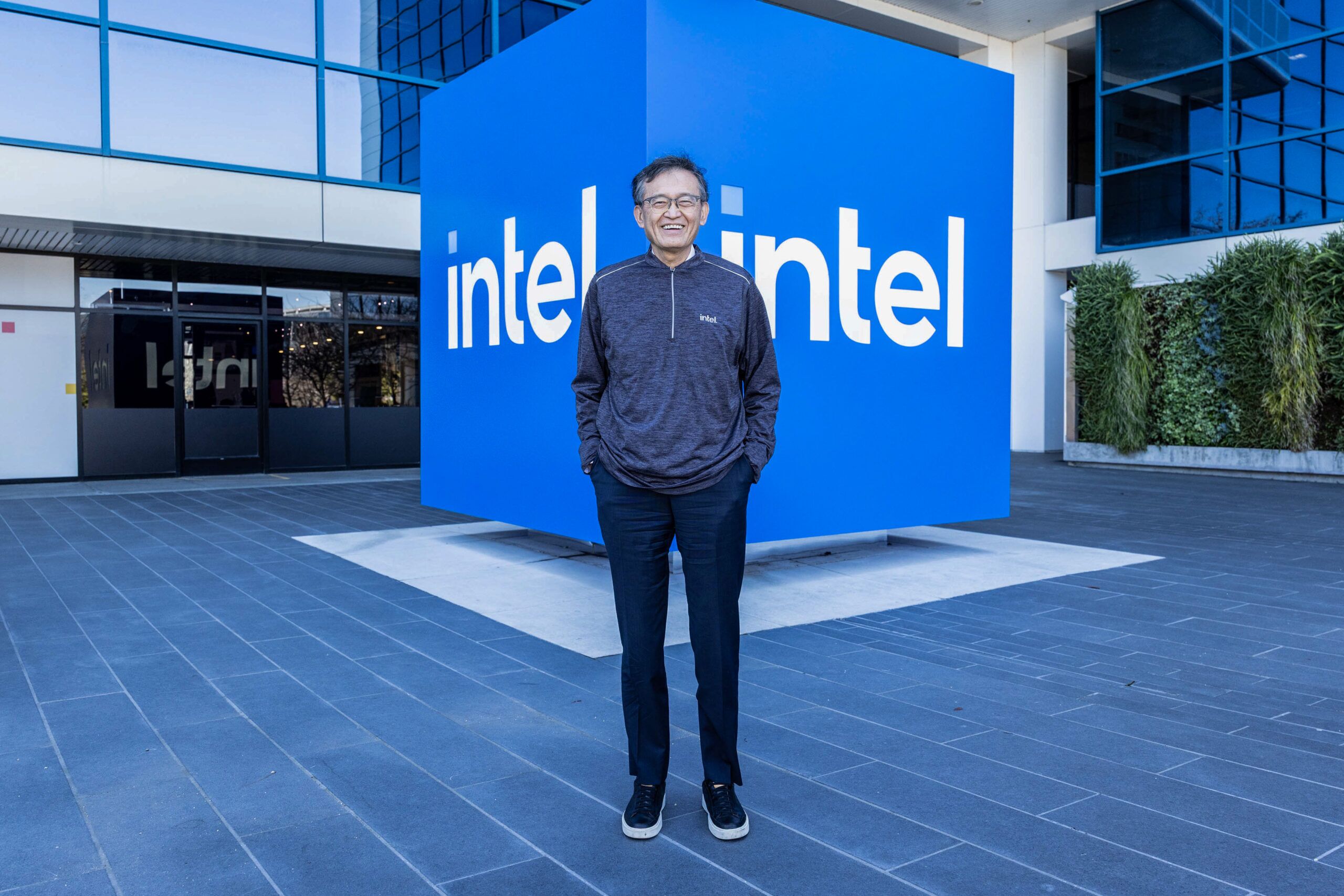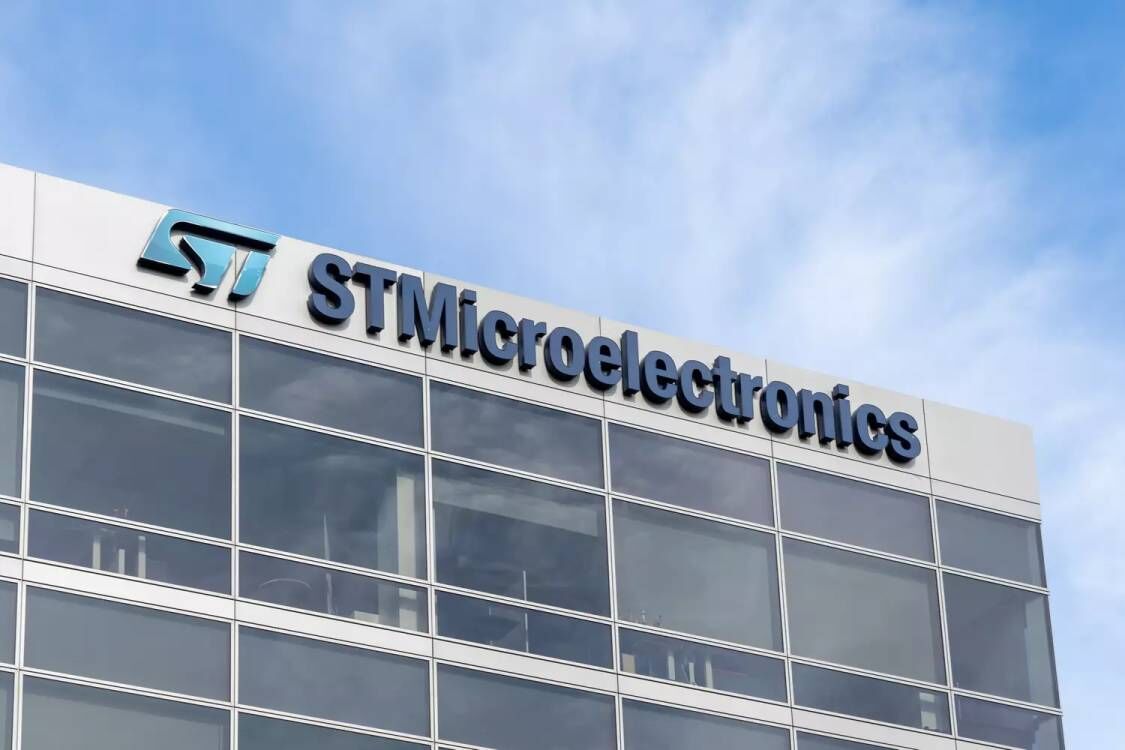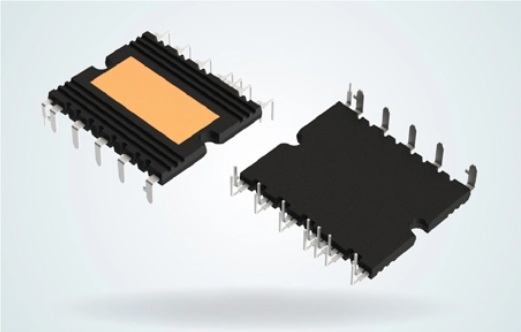Recently, Zhang Xi, product marketing manager of NXP Semiconductors' Automotive Microcontroller and Microprocessor Division, said in a media interview that with the rapid development and maturity of new energy, intelligent network and autonomous driving technology, The market has not only increased demand for automotive MCUs, but also puts new demands on its performance, function, ecology and development difficulty, such as computing power, power consumption, functional safety, information security, online upgrade, software compatibility, reusability, portability and other aspects.
Zhang Xi further explained that autonomous driving is an extremely complicated system. First of all, to create autonomous driving, it is necessary to process data from various sensors, so the data processing capacity is large; secondly, it needs a strong computing power to process sensor data through neural network deep learning and establish an environmental model; Third, it must have strong self-correction and abnormal recovery capabilities, Fail-Operation to ensure driving safety; finally, reliable communication capabilities, front-end communication with sensors, data collection, back-end communication with actuators In order to achieve autonomous driving.
As mentioned above, due to the special nature of autonomous driving, the entire system must have strong self-correction and error recovery capabilities, and achieve Fail-Operation, that is, after an abnormality, the system must maintain a normal operation for a certain period of time. In order to achieve this goal, the system is required to diagnose the recovery anomaly in the shortest time. If it cannot be recovered, it must be switched to the backup system in time to ensure the overall function security. To this end, it is necessary to adopt a functionally safe ASIL-D class processor and control unit to meet the requirements of high reliability, and also to have high-performance parallel computing capability to meet a large number of data processing and computing requirements.
As mentioned above, in order to create a safer and more reliable automotive MCU, there are many special considerations in design. To meet these challenges, NXP introduces the S32 processor platform, covering the common needs of different application processors, such as computational performance, functional security, information security, online upgrades, etc., to improve software portability and reusability, while carrying dedicated hardware accelerators on different application processors to enhance system application function processing capabilities.












All Comments (0)